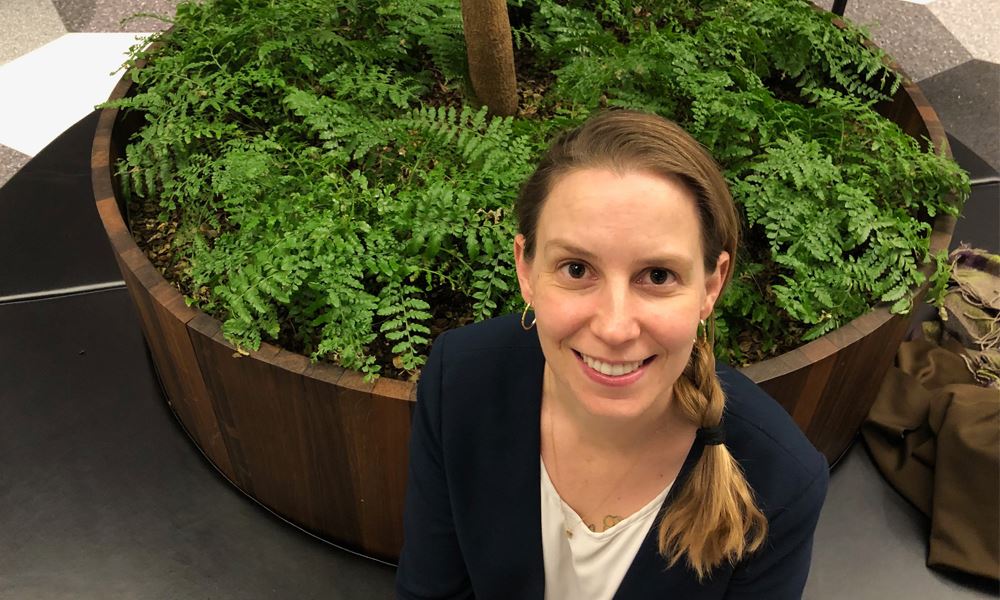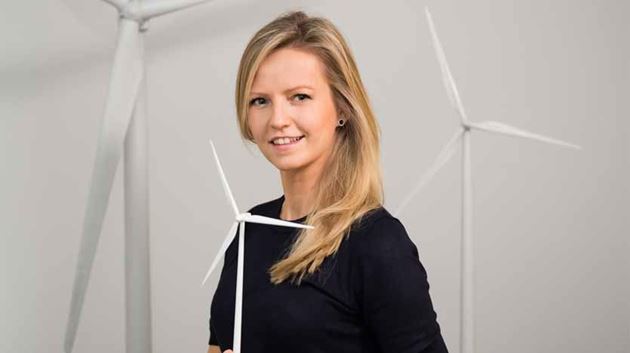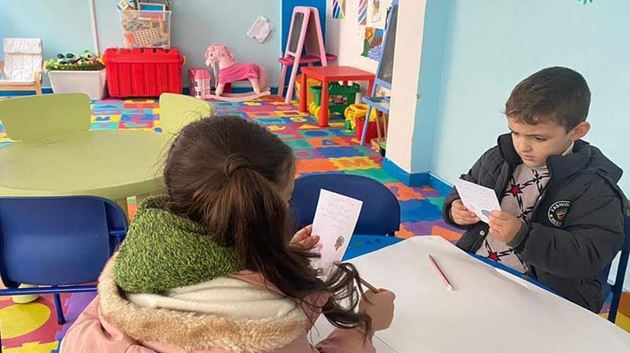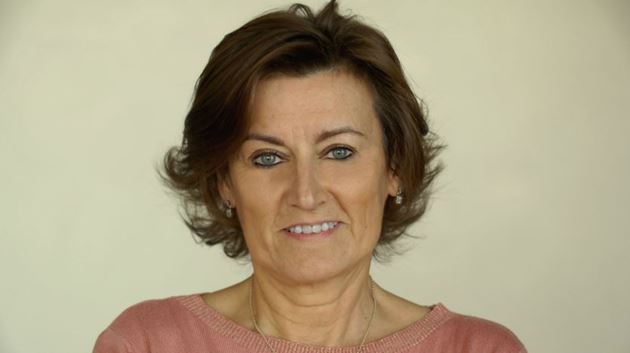"For wind to be the world’s leading energy source it must be more predictable, controllable, and available"
Denmark / 13 March 2020
Interview with Katherine Dykes, Section Head at the Department of Wind Energy of the DTU.
Katherine Dykes has been working in wind for 15 years. She came to Europe last year to join the DTU (Technical University of Denmark) Wind Energy Department and be at the heart of the wind industry following 9 years at NREL (National Renewable Energy Laboratory) in the United States.Head of Communications and Public Affairs Nordics
Q: You are now the Section Head at the Department of Wind Energy of the DTU. What has your experience been like over the last year?
A: DTU Wind was probably the best place I could go in the world. The strong relationship in Denmark between academic institutions and the wind industry has created an amazing, innovative ecosystem here. DTU Wind and NREL are the two largest, non-governmental organizations in the world working on wind energy research. Coming from NREL, you cannot go anywhere else in the world except DTU Wind and find the concentration and range of expertise that you do in these two flagship institutions.

Q: Could you please give us some insights about your daily work at the DTU?
A: How do we know how every component of a wind turbine responds to different forces of the wind? How does a turbine perform and behave over time so we can make sure that it operates reliably for 25 to 30 years? Our Loads and Control team at DTU Wind simulates wind turbine and farm behavior to answer questions like these and provide input for the wind turbine and farm design phase in a range of new and innovative contexts – such as floating offshore, complex terrain and tall towers.
It took us decades to get to 100GW - now it is about how many terawatts we need for wind to make up as much as half of the world’s electricity consumption.
Q: The energy transition is one of the main challenges of this century. What’s the role of wind in preventing irreversible climate change?
A: We have come such a long way and today wind energy makes up more than 5% of global electricity generation. Now, we need a paradigm shift. How do we go from here – a 20th century fossil fuel based energy system - to a 21st century renewables-based energy system that is decarbonized and addresses climate change? If we want to convert global electricity systems to renewables, then wind can be a fundamental backbone. It took us decades to get to 100GW - now it is about how many terawatts we need for wind to make up as much as half of the world’s electricity consumption.
To become the world’s foundational energy source, we have to make wind energy even more valuable for electricity systems – making it more predictable, controllable, and available.
Q: In your opinion, what are the scientific challenges that wind energy needs to overcome to realize its full potential?
A: We have got really good at producing wind at a very low cost and we have made it highly competitive compared to conventional energy sources. To take the next step and become the world’s foundational energy source, we have to make wind energy even more valuable for electricity systems – making it more predictable, controllable, and available.
Find Katherine’s co-authored article exploring the grand challenges in the science of wind energy here.
Find Katherine’s co-authored article exploring the grand challenges in the science of wind energy here.



